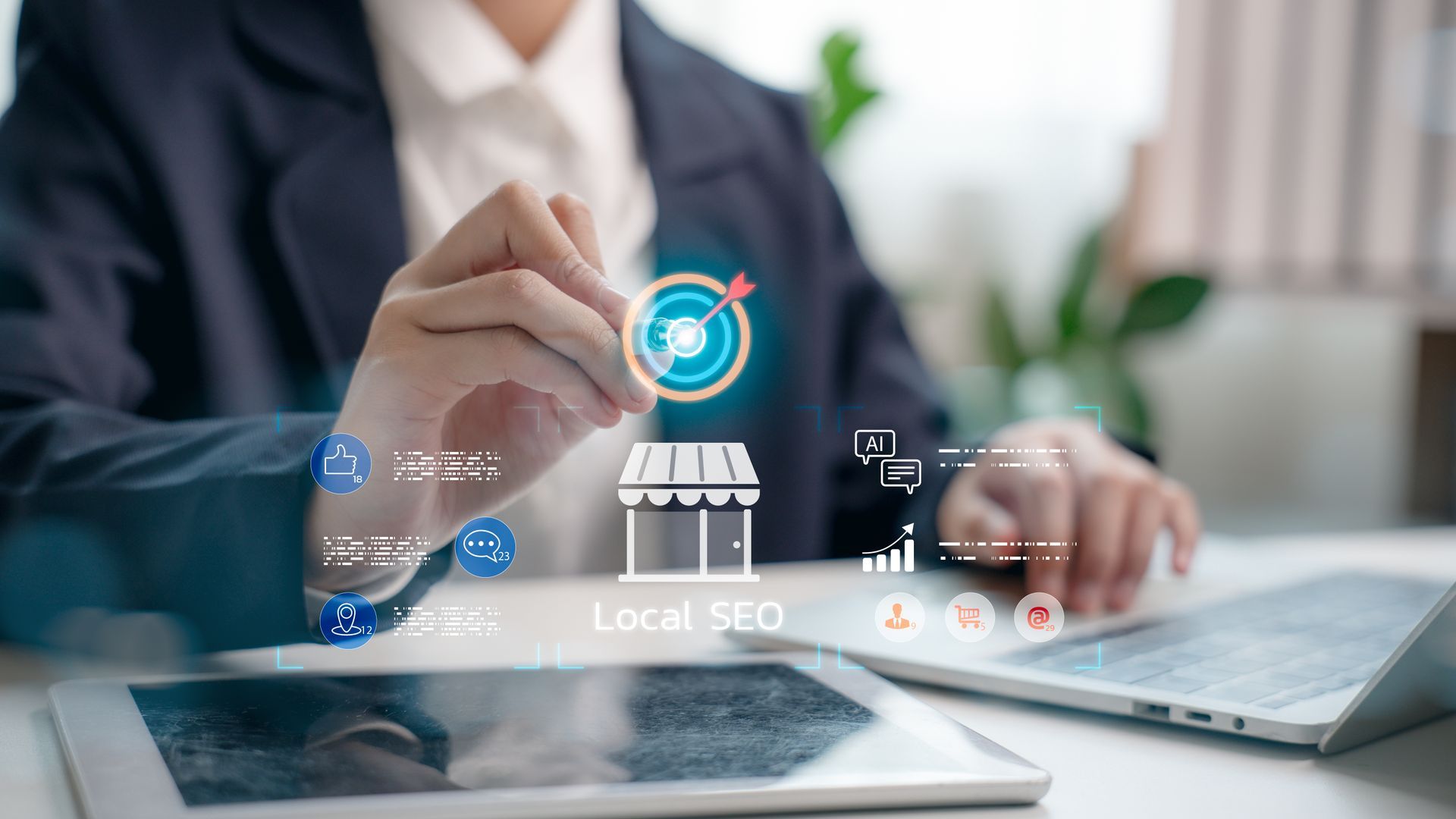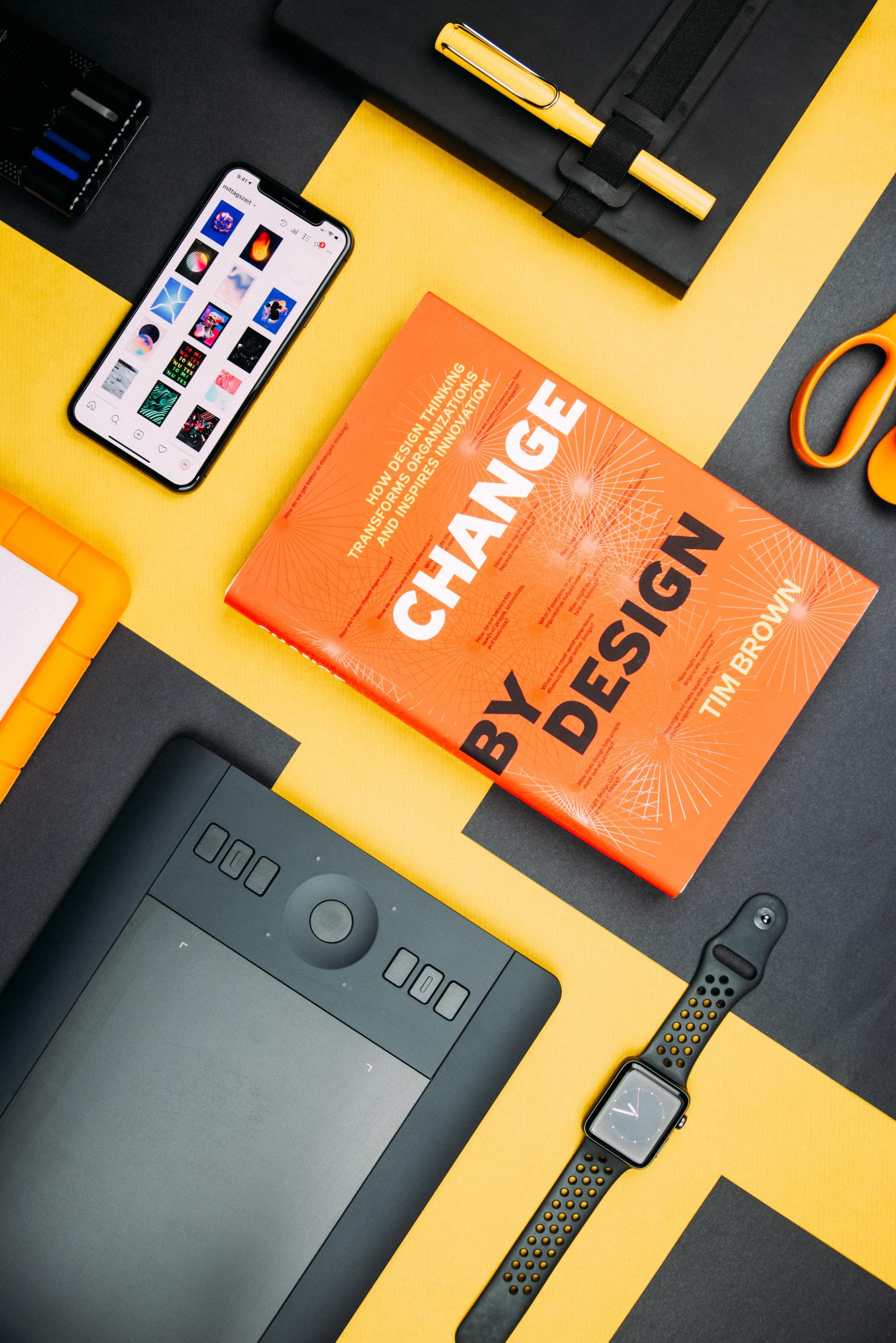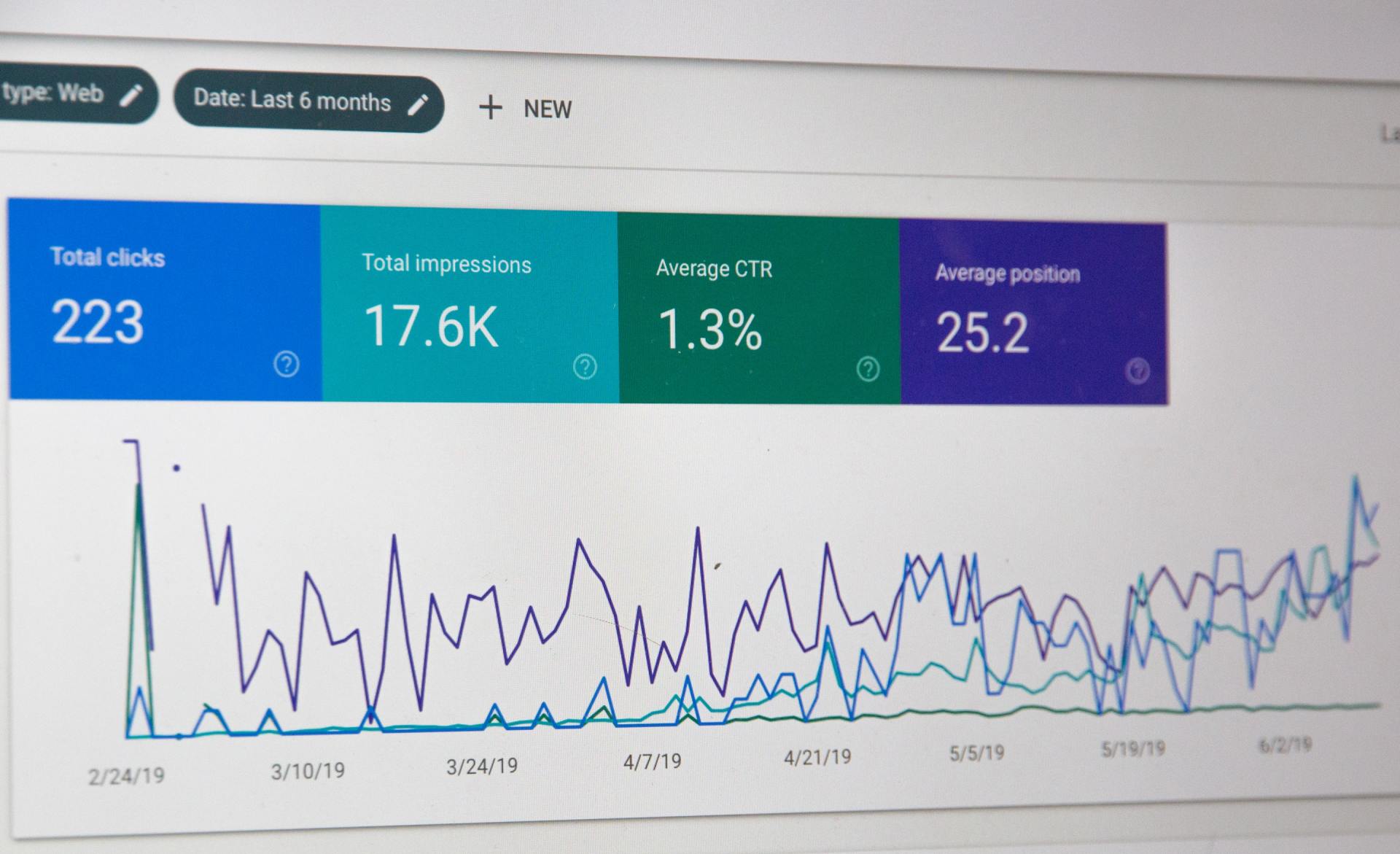
The First UX Study of Google’s AI Overviews
By
Joseph Provence, a news contributor who writes about technology, small business, and e-commerce.
May 21,2025 12:30 PM MST
For the first time, we now have definitive data on how users actually interact with Google’s AI Overviews (AIOs) and the implications are profound for small businesses navigating today’s search driven economy.
In a
landmark usability study led by Eric van Buskirk, 70 US participants performed over 400 searches triggering AIOs. The result is a dataset with over 13,500 coded observations and 29 hours of screen recordings. This is the most comprehensive behavioral analysis ever conducted on AI Overviews.
Key Findings That Small Businesses Cannot Ignore
- Click Through Collapse: When an AIO appears, desktop click through rates (CTR) drop by two thirds. On mobile, the decline is nearly 50%. If your website relies on organic traffic, this is not just a trend, it’s a structural shift.
- Top Third Visibility Is Everything: 70% of users never scroll beyond the top third of the AIO. If your brand or product is not visible in those first few lines, you're effectively invisible.
- Trust Comes First: Users now apply a two step decision filter: “Do I trust this source?” followed by “Does this answer my question?”. Trusted brands or those cited by .gov or .edu domains are chosen first in 58% of instances.
- Demographics Drive Behavior: Mobile users aged (25–34) are most likely to trust and rely on AIOs. Older users still favor classic organic results, particularly for high risk queries in finance and health.
- Social and Video Are the New Validation Layers: One third of outbound traffic not captured by AIOs goes to Reddit, YouTube, and forums. Younger users increasingly validate AIOs with peer driven platforms before making decisions.
Consider these figures:
- 88% of users clicked “Show More” within truncated AIO panels
- Only 7.4% of desktop users clicked on any interactive AIO elements
- Scroll depth varies by query type: DIY / How-to: 54%, Health YMYL: 52%, Finance YMYL: 46%, Decision Timing: 41%, Promo Codes: 34%
- Videos had a longer average dwell time (37 seconds) than AIOs (31 seconds)
- Mobile users scrolled further inside AIOs than desktop users (54% vs 29%)
Why This Matters to Small Businesses
Small businesses must stop measuring success only by clicks. Visibility inside the AIO has become the new KPI. If your brand appears in the right context, early in the summary, and with trust signals, you're winning even without a direct click.
This shift also changes the rules of content strategy. Optimizing for AIOs is more like optimizing for featured snippets: answers must be direct, structured, and scannable. Long form blog content alone will no longer suffice.
Practical Takeaways:
- Monitor your AIO presence, not just your SERP rankings.
- Invest in authority—PR, .gov/.edu backlinks, and expert endorsements.
- Create concise, structured content designed to be cited.
- Expand into community validation: Participate in Reddit discussions, publish YouTube demos, and seed trustworthy advice on niche forums.
- Differentiate mobile and desktop strategy: Mobile is now the primary source of residual traffic.
Conclusion
This study confirms a fundamental change in the nature of search: we're moving from a click economy to a visibility economy. For small businesses, the winners will be those who earn trust fast, show up early, and remain present where customers validate decisions whether in AIOs, forums, or video platforms.
This data should serve as the cornerstone for every SEO and content decision moving forward. The future of online discovery is here and it's powered by trust, structure, and presence.




